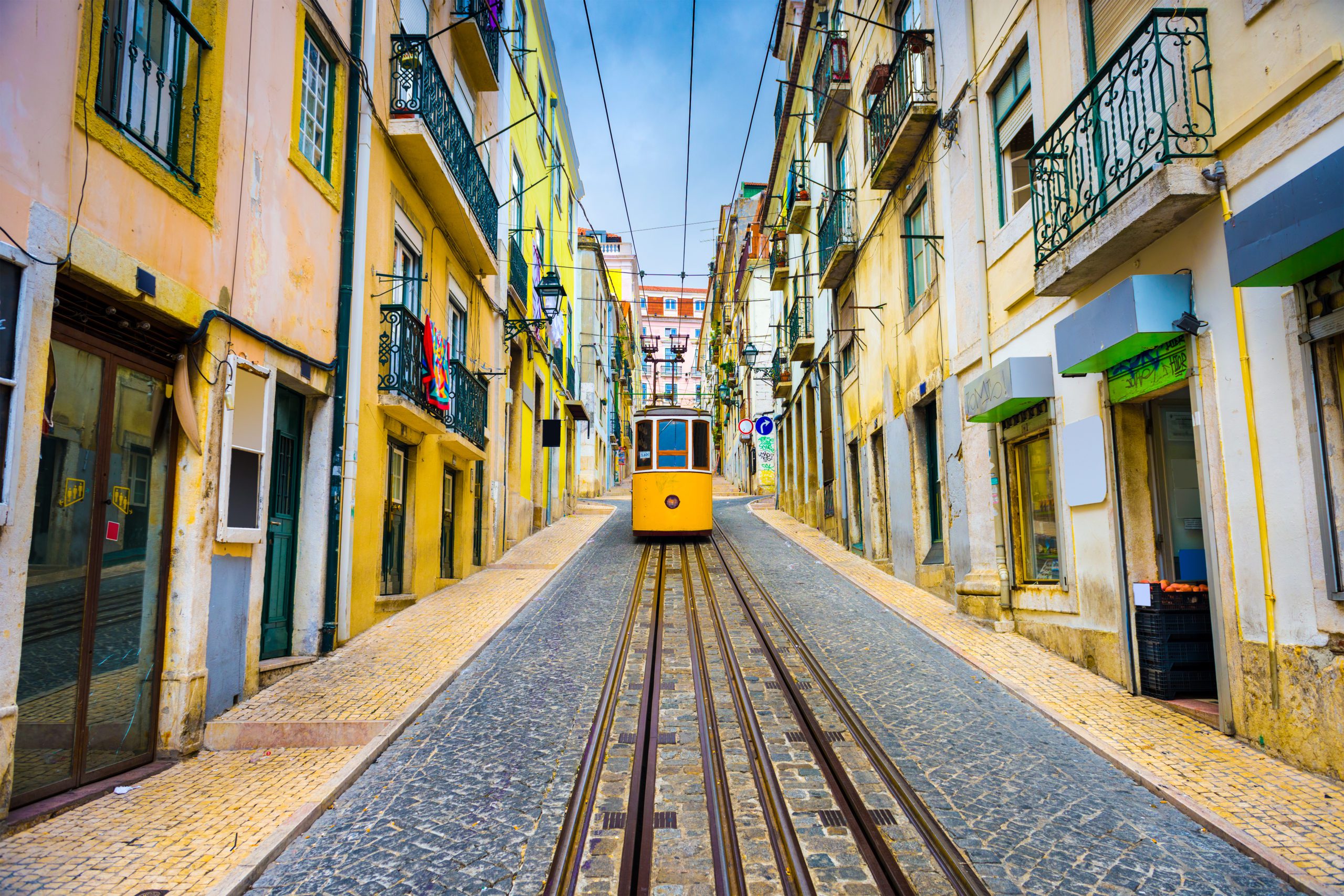Travelling in your new country: Different ways of getting around

We all seem to rely more and more on our cars to get us places. But when you first move to a new country, we think it’s better to use public transport wherever you can.
It’s scary getting into the swing of things in an unfamiliar town and a foreign culture, but there are definite benefits to taking the tram or hopping on the bus once in a while.
- It’s cheaper – depending on the location it can save you money
- You will get to know the locals and see things you wouldn’t otherwise
- It’s fun! And it will boost your confidence in your new setting
Taxi
Save airport expenses – Ok, so taxis can be expensive, but if you need to get to or from an airport, a taxi might save you money on entrance fees, parking and fuel. You’ll also save time because you don’t need to worry about parking.
Information – Lots of modern cabs have newspapers or inbuilt entertainment, allowing you to keep up to date with news and recent events. Cabbies are also great for recommending places and events to go to.
Ride share – Split the price by riding as a group. If a group of you are regularly making a journey in the same direction, it’ll save you money in the long run to share the ride.
Anytime – Taxi companies usually run at all hours. You can call for one on the spot or book one for later. Either way, you don’t need to stress too much about getting to where you need to be.
Go by Traghetto in Venice
Venice has its own unique form of public transport – it’s on the water. Due to narrow streets, and the fact that the city is built over water, there are very few cars around the city, but a lot of canals. This means the easiest way to get around the city is by Traghetto (which literally means ferry, but the Traghetto is more like a water taxi).
FYI: to travel like a Venetian, stand for the shorter journeys.
Bus
Cheap – Bus prices are nearly always cheaper than using rail or cars.
Near or far – Bus routes range from the local run to city centres, to stage coaches that go longer distances. They can also get to places that don’t have a train station.
Free Wi-Fi – An increasing number of buses are including free Wi-Fi on their services, so you stay online while saving money. Of course, facilities vary hugely by country.
Ubiquitous – Practically every country and every major city has a bus network, so you can guarantee that there is a bus available. But the quality and reliability depend very much on where you are!
Hop onto a Jeepney in the Philippines
The jeeps that were originally left behind after World War II are now the huge and colourful way to get around in the Philippines. Stripped, painted, and a roof added for shade, these colourful vehicles are one of the most popular forms of public transport. Not only does the colourful paint make it unmistakable on the road, you’ll be able to hear it as Jeepney drivers are famed for beeping their horn at just about everything!
Subway
Convenient – Underground or “metro” systems are fantastic where available. The generally only exist in big cities and in more developed countries though. Where they do exist they are not usually the cheapest option but they are often the most practical.
Helps the economy – These services need a lot of maintenance which provides jobs for a lot of people. This boosts the economy which in turn makes the quality of living better for you.
Fast – Underground trains get to avoid the traffic and take a more direct route between stops. They also tend to run constantly, so if you miss the first one you’re likely to only have to wait a few minutes for the next one.
Take the Bamboo Train in Cambodia
Made up of bamboo slats and a gasoline engine, there’s nothing quite like Cambodia’s open air bamboo train. Being on a single train line, there’s only one practical solution – the train with the least number of passengers is quickly offloaded and taken apart while the heavier train comes past.
It’s a popular form of transport with tourists, and you’re likely to be sold bracelets and other wares as soon as you come to a halt, but at an average speed of 15km per hour, it’s no snail pace.
Trams
Unmistakable – You can always spot a tram line on the road so you can easily find your way to a tram stop. Sadly, not many cities have trams, but where they do exist, they are an excellent way of getting around.
Improve air quality – Unlike much other public transport, trams run on electricity so are more environmentally friendly.
Easier travel – Not only do they go to major stops, but it can make life on a steeply hilled city easier to navigate.
Go for the Tanga in Pakistan
If you’re in Pakistan, you can save some money by opting to travel by Tanga. A simple horse-pulled carriage, they’re not the fastest way of getting around and are largely used for the fun factor. However, they tend to be cheaper than most rickshaws and taxis, and are definitely a memorable form of transport.
Bicycle
Healthier – Cycling provides regular aerobic exercise. Depending on the length and condition of the road, you could burn up to 600 calories just from one run on the bike.
Cheaper – Cycling is basically free, you only have to pay once for the bike, so if you are living on a budget, this is the ideal option.
Faster – If you are living in a big city, cycling might actually be the fastest way to get around, as you can pass all of the traffic, and you can cycle directly from your front door – so there’ll be no more walking to the tube station!
Make your journey by dogsled in Alaska
Yes, it’s not the everyday way of getting around Alaska, but you can’t beat a dog sledge for a unique travel experience. If you want to live life like an Alaskan local, dog sledding is a must. It’s a state obsession, so much so that every year they have the Iditarod Dog Sled Race, covering over 1000 miles. For the proper experience, take a dog sled ride in March when the snow is guaranteed to be thick.
Car
Personally, we like to use public transport wherever we can, but there are some places where public transport just isn’t an option. In Africa for instance, buses don’t tend to exist outside of the city and many of the locals rely on hitchhiking to travel.
So there are times when travelling by car is a must, and some locations almost demand you take a few road trips from time to time.
If you’re living in the city, why not hire a car for the weekend and take a trip to the nearest spot of natural beauty?
If you’re living outside of the city, then owning a car is probably a must, so this is your chance to test out your language skills and get to know the local car dealers! Good luck!
Conclusion
No matter how you get around in your new country, whether by car or public transport. It is always worth exploring the options available and occasionally trying something new. Travelling like a local is a great way of getting to know your new country. And if you do get the chance to talk to fellow commuters, that is a wonderful opportunity to get to grips with speaking the language and making new friends.

